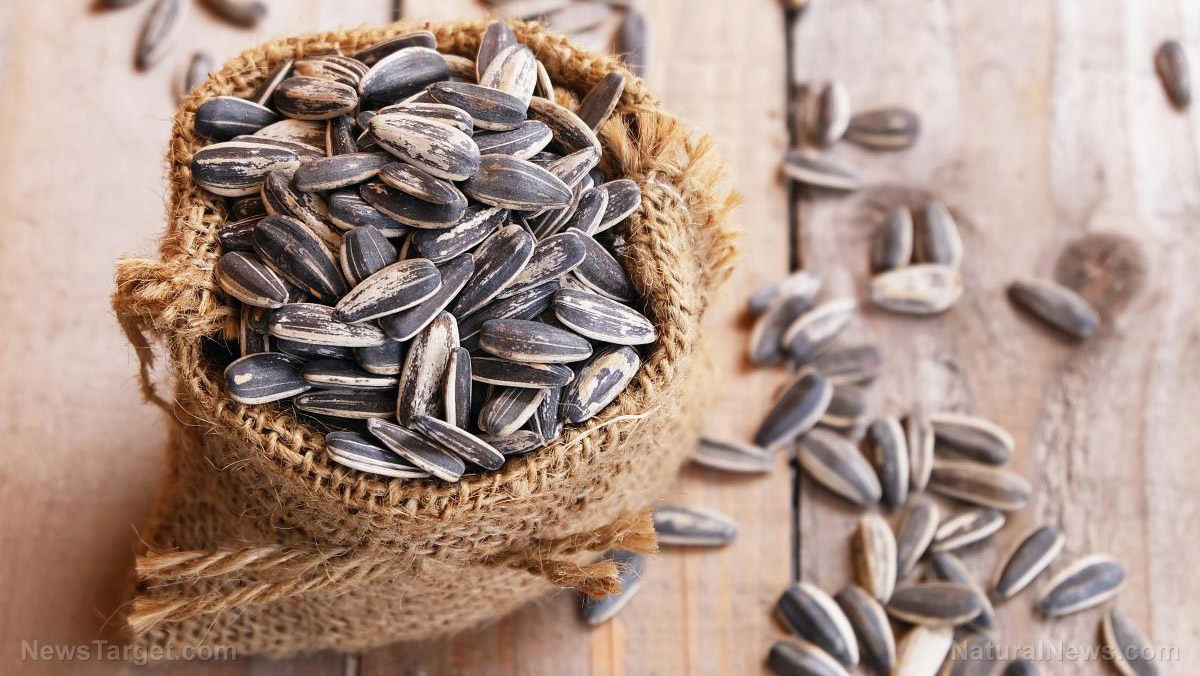The science behind natural cycles in the environment reveals how your birth month may predict your adult health
09/12/2018 / By Janine Acero

A new study links a baby’s birth month to the risk of diseases that may develop in adulthood, according to an entry by Science Daily. The study suggests that environmental exposures in different seasons can affect the later development of diseases in unborn children.
Study leader Nicholas Tatonetti, Ph.D., assistant professor of biomedical informatics at Columbia University Medical Center (CUMC) and in Columbia’s Data Science Institute, and co-author of the paper said, “a conventional prospective study would be lengthy, costly, and above all else, unethical,” but their solution is to look at health records to determine connections between environmental exposures and health outcomes in adulthood, using a child’s birth month.
Dr. Tatonetti and Mary Regina Boland, Ph.D., a former CUMC graduate student who is now at the University of Pennsylvania’s Perelman School of Medicine, found intriguing links between birth month and risk for long-term diseases after studying health records of 1.7 million patients in New York City in 2015. For instance, the risk for developing asthma was greatest for babies born in July and October.
However, the study didn’t reveal what the mothers may have been exposed to during pregnancy that might account for these risks, according to the researchers. A broader range of study was needed to collect more data. The new study encompassed electronic health records from 10.5 million individuals from the United States, South Korea, and Taiwan.
“To answer those questions, we needed to look at several countries, with a variety of climates and seasonal exposures,” said Dr. Tatonetti.
The study found that pregnant mothers who were not exposed to adequate levels of sunlight during the third trimester had babies with an increased risk of developing Type 2 diabetes. This correlates to babies born between December and March, when light levels are lowest. (Related: Pregnant mothers’ vitamin D levels linked to offspring’s strength.)
Likewise, a mother’s increased exposure to fine air particulates and high levels of carbon monoxide in the first trimester was associated with adverse health risks for her child. Babies developing in the womb during the summer months, when air pollution is at its peak, increased their risk of atrial fibrillation (arrhythmia or irregular heartbeat), as well as depression and anxiety.
“All of our major findings linking birth seasonal patterns with variance in environmental exposures fit into known mechanistic pathways,” said Dr. Boland, the first author of the current study.
“This is crucial because it demonstrates the utility of our method and further underscores the importance of environmental exposures during development and the impact they may have throughout life.”
The researchers further explained that a person’s exposure to fine air particulates raises their risk for high blood pressure. For pregnant mothers, this could be associated with increased risk of high blood pressure in the unborn baby, which can then progress to atrial fibrillation.
On the other hand, the study showed that birth season is not associated with later development of attention deficit hyperactivity disorder (ADHD), but rather children who are younger than their peers in school are most likely to develop it. There’s an 18 percent difference in risk between the youngest and the oldest children.
The findings of the study are similar to single-country studies, but this is the first time that connections between age and disease in multiple countries were analyzed.
“Overall, our findings demonstrate the importance of environmental factors, including socio-environmental factors such as relative age, on the development of childhood diseases,” said Dr. Boland.
The study of associating birth month with risks for certain diseases was met with ridicule by some statisticians, saying there are other more important factors to consider in determining whether a person will develop a chronic condition over time.
For more on scientific research regarding health, visit Research.news.
Sources include:
Tagged Under: babies' health, birth month, chronic diseases, disease causes, disease prevention, environmental factors, pregnancy, research, women's health




















